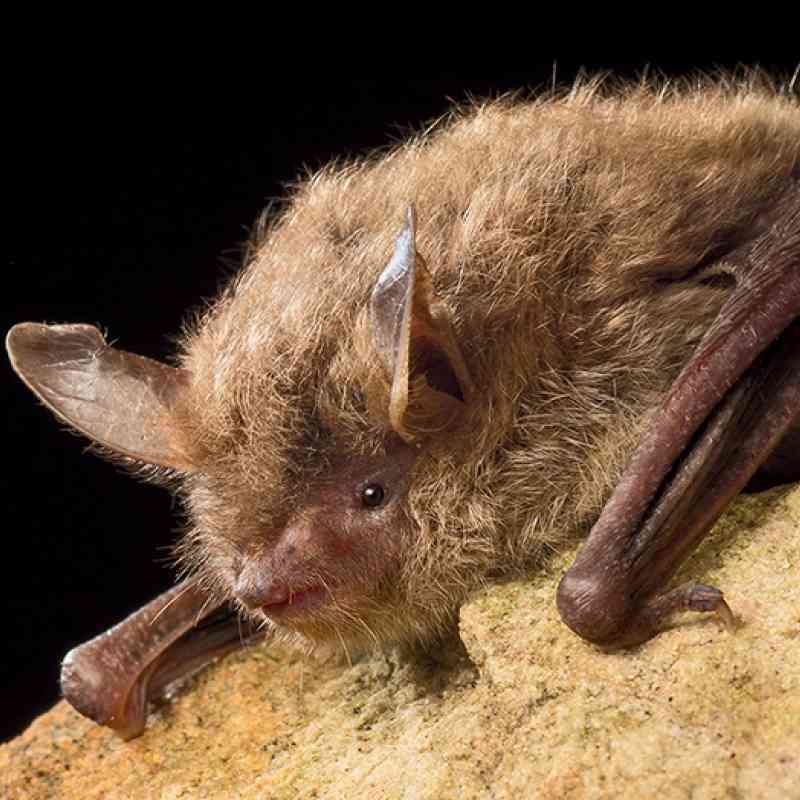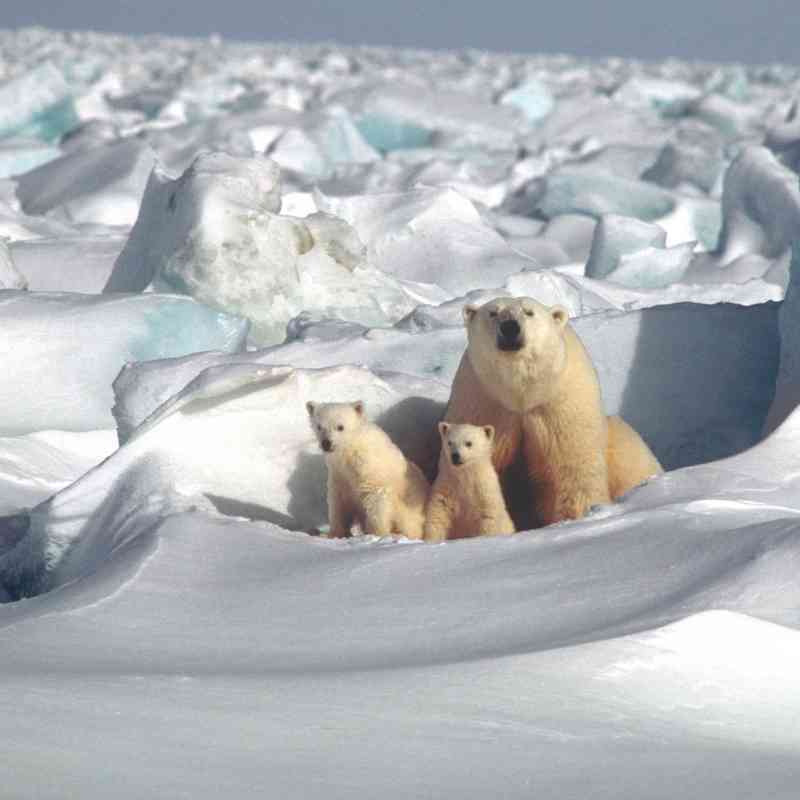Contact: Catalina Tresky; (202) 772-0253, ctresky@defenders.org
WASHINGTON (Mar. 21, 2017) – Defenders of Wildlife published today a new report on U.S. jaguar recovery, Bringing El Tigre Home, which gives an overview of jaguars in the U.S. and the ecological, economic and aesthetic benefits of their recovery. Defenders also provides recommendations for the U.S. Fish and Wildlife Service (FWS) to bring the big cat back to its homelands in the U.S. Southwest.
Please listen to the tele press briefing held on March 21.
Photos for press are available upon request. Defenders of Wildlife has also produced a short video detailing some of the findings in the report, which can be viewed here.
Rob Peters, senior Southwestern representative for Defenders of Wildlife, issued the following statement:
“Jaguars have been natural and cultural icons of the Americas since the dawn of ancient civilizations. Recent sightings of solitary jaguars in the Southwest have brought renewed interest and hope to the possibility of recovering jaguars in the United States.
“But there are several challenges to recovering this elusive species – from the U.S. Fish and Wildlife Service’s lack of commitment to jaguar recovery in the U.S. to the Trump administration’s proposed border wall.
“The U.S. Fish and Wildlife Service must become a champion for jaguars in the U.S. It must include suitable habitat in the U.S. in an enlarged jaguar recovery area; protect important cross-border pathways for jaguars; and evaluate all strategies to bring in female jaguars from south of the border so that jaguar cubs can be born on U.S. soil again.
“If the U.S. is truly willing to commit to needed action steps for native jaguar recovery as we’ve outlined in our report, Bringing El Tigre Home, this big cat could return.”
Background
The jaguar is native to parts of the Southwestern United States and has been fully protected under the Endangered Species Act since 1997. Long considered extirpated in the U.S., native jaguars have been reappearing in the U.S. Southwest over the past few decades. Because El Jefe and Macho B lived for years in the U.S. we know there is plenty of food to sustain these jaguars, including white-tailed deer and javelina, a pig-like animal.
These migrating male jaguars are likely come to the U.S. from a population 100 miles south of the border in Sonora, Mexico. Female jaguars, by nature, are less likely to make the long trip across the hazardous borderlands. In this case, a breeding population in the U.S. may depend on reintroducing females. Translocation – or moving animals – could help establish both females and males when dispersal is cut off by major highways or further development of the border wall.
Defenders of Wildlife and Jaguar Recovery
Defenders of Wildlife has been involved in jaguar recovery for over 20 years, including protecting critical habitat for jaguars from damaging mining projects and helping jaguars coexist with ranchers. In response to Defenders’ 2008 joint lawsuit, FWS finalized critical habitat designation in 2014 for 764,207 acres of habitat for endangered jaguars in southern Arizona and New Mexico.
Modelling done for the habitat subcommittee of the original Interagency Jaguar Conservation Team, which included Defenders, previously identified large amounts of potential habitat in Arizona and New Mexico. The newly-released recovery plan sets the northern boundary for the jaguar recovery area artificially at Interstate 10, excluding large amounts of habitat north of I-10.
For jaguar cubs to be born on U.S. soil again, solitary male jaguars need mates. However, female jaguars may never reach the U.S. on their own. In fact, ecologist Peter Warshall’s analysis shows that it could take many decades for a female jaguar to reach the border; male jaguars in the U.S. may potentially never see a mate. Translocation could help establish both females and males in the U.S. when dispersal is cut off by major highways or further development of the border wall.
To bring these big cats back from the brink of extinction in the U.S., Defenders of Wildlife asks FWS to include all suitable U.S. habitat in the jaguar’s recovery area, including habitat north of Interstate 10; protect important movement corridors, both across the border and across Interstate 10; and evaluate all strategies to bring female jaguars to the U.S.
###
Defenders of Wildlife is dedicated to the protection of all native animals and plants in their natural communities. With nearly 1.2 million members and activists, Defenders of Wildlife is a leading advocate for innovative solutions to safeguard our wildlife heritage for generations to come. For more information, visit www.defenders.org and follow us on Twitter @DefendersNews.
Defenders of Wildlife is celebrating 75 years of protecting all native animals and plants in their natural communities. With a nationwide network of nearly 2.2 million members and activists, Defenders of Wildlife is a leading advocate for innovative solutions to safeguard our wildlife heritage for generations to come. For more information, visit defenders.org/newsroom and follow us on Twitter @Defenders.

